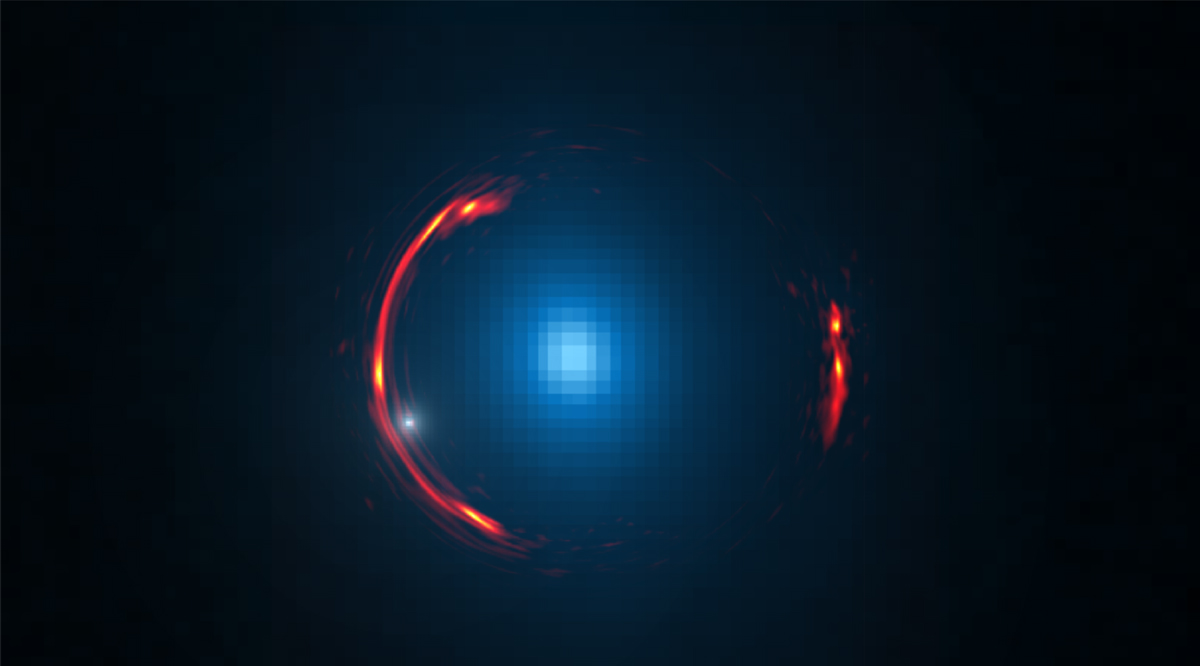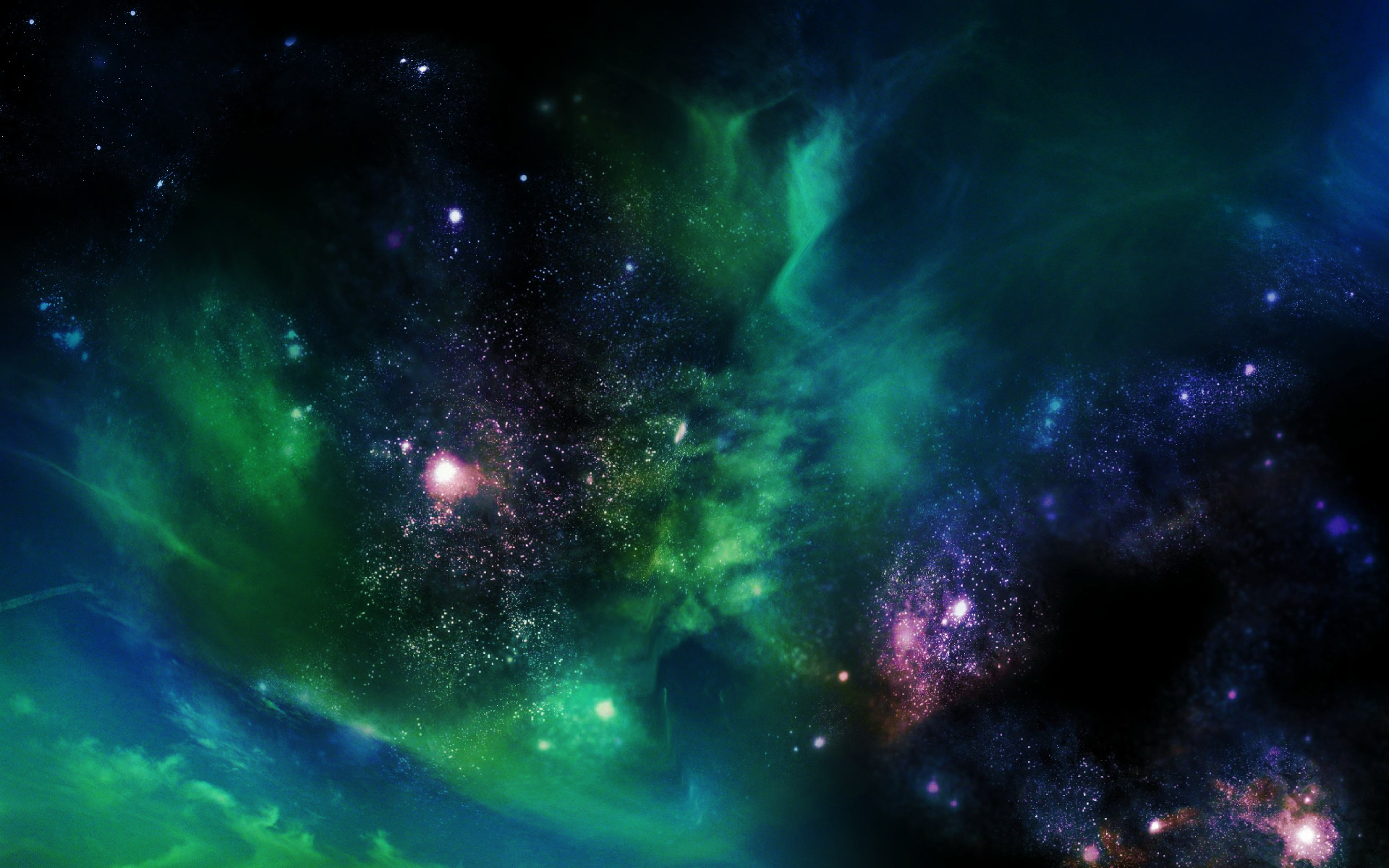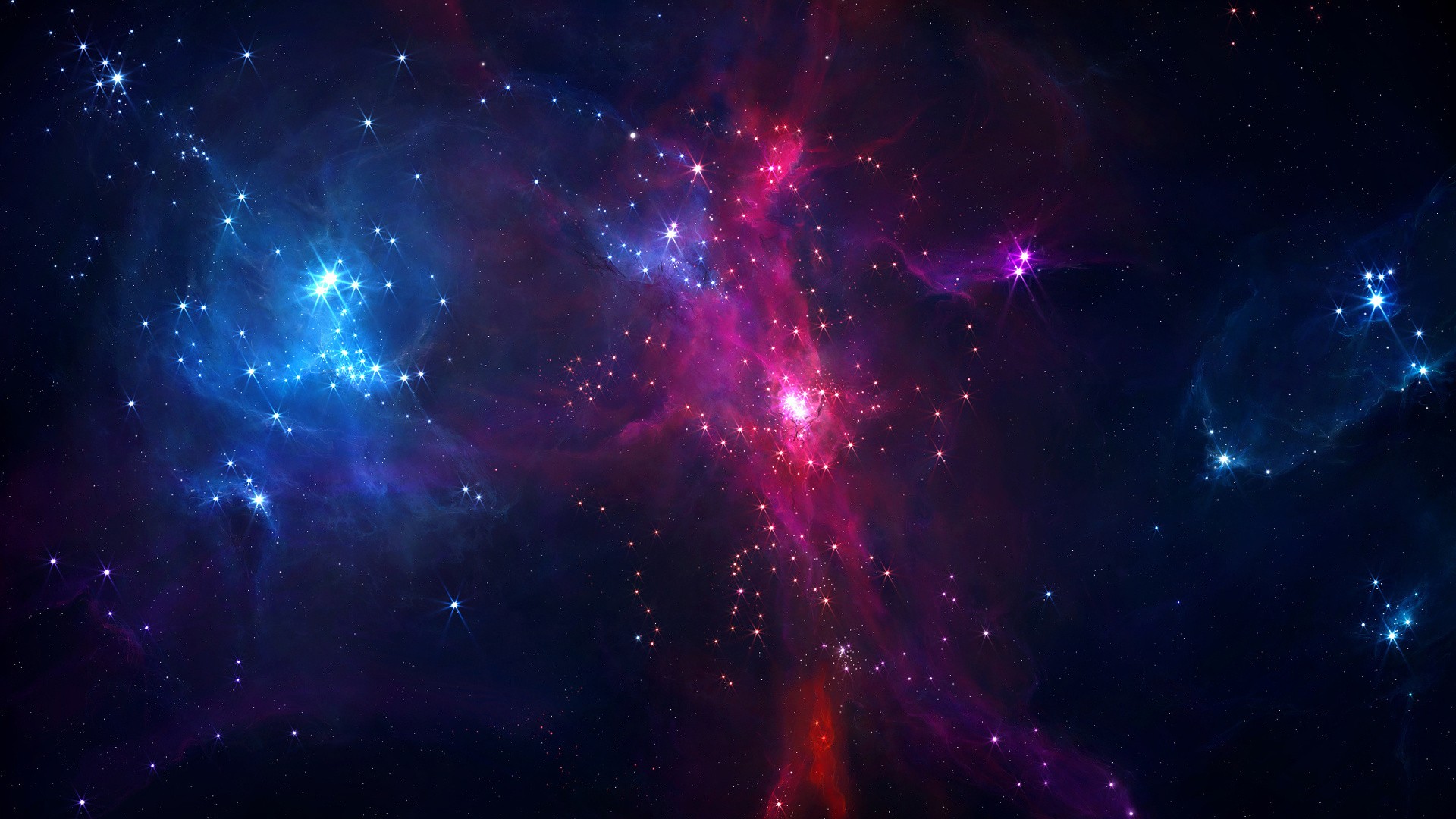
A theoretical study has analyzed a model that saves special relativity and reconciles it with granularity by introducing small-scale deviations from the principle of locality demonstrating that it can be experimentally tested with great precision.

It takes a bold person to declare that interstellar travel is now within our grasp. Physicist Stephen Hawking has shown that he is just that, taking part in the Breakthrough Starshot initiative.

Subtle distortions hidden in ALMA’s stunning image of the gravitational lens SDP.81 are telltale signs that a dwarf dark galaxy is lurking in the halo of a much larger galaxy nearly 4 billion light-years away. This discovery paves the way for ALMA to find many more such objects and could help astronomers address important questions on the nature of dark matter.In 2014, as part of ALMA’s Long Baseline Campaign, astronomers studied a variety of astronomical objects to test the telescope's new, high-resolution capabilities.

The most precise measurement ever made of the current rate of expansion of the Universe has been achieved by physicists in the US, and there's a problem: the Universe is expanding 8 percent faster than our current laws of physics can explain.
NASA engineers are conducting tests to develop models for the Heliopause Electrostatic Rapid Transport System (HERTS) concept. An electric sail could potentially send scientific payloads to the edge of our solar system, the heliopause, in less than 10 years.

It's an exciting time to be alive if you're keen to watch humans get off this planet. A private space race is taking off, opening new pathways to orbit while sparking a burst of technological innovation. Even better, thanks to the magic of internet live streaming, we're watching history unfold in real time.
SpaceX Falcon 9 successfully landed on an ocean barge!

Crisp, clear images of a "hot Jupiter" system captured by a physicist were vital in determining that a newly found planet inhabits a three-star system, a phenomenon documented only a few times before.

Astronomers find a monster black hole 17 billion times more massive than the sun, raising suspicions supermassive black holes may be more common than first thought.

While we sit here on Earth looking up in wonder at how awesome our star, the Sun, is, astronomers have just found a stable planet inside a triple-star system that makes our Solar System seem rather boring.

A newly deployed space telescope has struck pay dirt almost immediately, discovering a quasar - a superheated region of dust and gas around a black hole - that is releasing jets at least seventy times hotter than was thought possible.

The identification of core genes needed for life may not only spill secrets of how biology got its start on Earth, but also shed light on the hunt for life beyond the planet.

NASA has completed a major milestone on its journey to Mars and is ready to begin another phase of work on its spaceport of the future, where the next generation of astronauts will launch to Mars and other deep-space destinations.

After decades of using the same type of rocket fuel, NASA has decided to find something more environmentally friendly to allow the next generation of spacecraft to thunder out of the atmosphere.

The Sun is capable of producing monstrous eruptions or "superflares" that can not only break down radio communication and power supplies, but also affect the Earth's ability to support life.